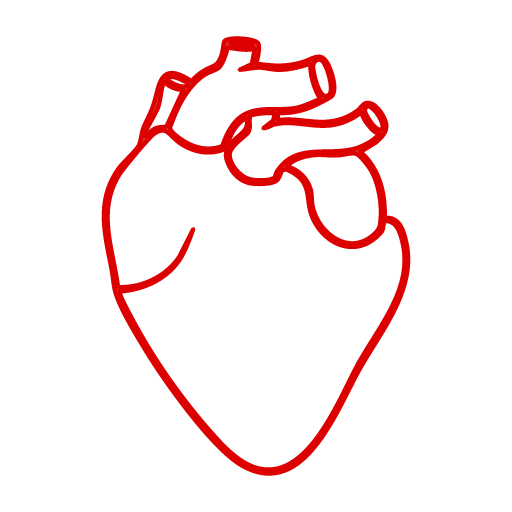What are the potential long-term harms of chronic cannabis use?
Cannabis legalisation continues to expand across various regions. Understanding the potential long-term harms of chronic cannabis use has become increasingly important. Cannabis is often lauded for its therapeutic benefits, such as pain relief and anxiety reduction. However, chronic use may lead to a range of adverse effects that warrant careful consideration.
There is the risk of developing cannabis use disorder (CUD), characterised by a compulsive pattern of use despite negative consequences. This disorder can lead to withdrawal symptoms, making it difficult for individuals to discontinue use without support.
The impact of chronic cannabis use on mental health is one of the most significant concerns. Studies have shown a correlation between prolonged use and an increased risk of anxiety disorders, depression, and psychosis, particularly in individuals predisposed to such conditions. The psychoactive compound THC can alter brain chemistry, potentially exacerbating underlying mental health issues or leading to the onset of new ones.
A recent study titled “Cases of schizophrenia linked to cannabis use disorder have almost tripled over the past 17 years. The proportion of new schizophrenia cases associated with cannabis use disorder (CUD) in Ontario has risen from 4% before cannabis legalisation to 10% after legalisation. The study was conducted by researchers from the University of Ottawa’s Department of Family Medicine, and Bruyère Health Research Institute, published in the journal JAMA Network Open.
The researchers analysed healthcare visit data from all Ontario residents aged 14 to 65, examining trends related to cannabis use and schizophrenia diagnoses over a 17-year period.
The study focused on three key policy time periods: before cannabis liberalisation for medical use in 2015, after the liberalisation, and following the legalisation of non-medical cannabis in Canada in 2018. The research included over 13.5 million individuals eligible for universal health care in Ontario. Out of the study group, 118,650 individuals (0.9% of the Ontario population) were treated for CUD. During the study, 10,583 (9%) of these individuals developed schizophrenia, in contrast to 80,523 (0.6%) of the general population.
Dr Daniel Myran, a lead researcher, highlighted the escalating number of schizophrenia diagnoses linked to prior care for cannabis use disorder, expressing concerns over the potential impact of cannabis legalisation on mental health.
The study underscores the importance of ongoing research into the mental health implications of cannabis legalisation and the association with psychiatric disorders, particularly in relation to CUD.
This study emphasises the need for increased awareness of the mental health risks associated with cannabis use, especially following recent legalisation measures.
Another area of concern is cognitive function. Research indicates that chronic cannabis use may impair memory, attention, and decision-making abilities. Frequent users, especially adolescents, may experience long-lasting cognitive deficits, affecting academic performance and daily functioning. Neuroimaging studies have suggested that these cognitive impairments may be linked to structural changes in the brain, particularly in areas associated with memory and learning.
Moreover, chronic cannabis use can lead to physical health issues, particularly respiratory problems. Smoking cannabis can cause irritation of the airways, like tobacco, leading to chronic bronchitis and other respiratory ailments. Although some users may turn to edibles or vaporisers to mitigate these risks, the health impacts of other consumption methods still require further exploration.
The debate surrounding cannabis use continues to evolve, particularly when considering its impact across different age groups. While there is mounting evidence suggesting potential therapeutic benefits of cannabis for older adults, concerns about its adverse effects on younger users remain significant.
For younger individuals, particularly adolescents and young adults, chronic cannabis use poses various risks that can have lasting consequences. The teenage brain is still developing, particularly the prefrontal cortex, which is responsible for decision-making, impulse control, and emotional regulation. Research indicates that early and frequent cannabis use may interfere with this development, potentially leading to cognitive deficits, decreased academic performance, and an increased risk of developing mental health disorders such as depression, anxiety, and psychosis. Studies have shown that young people who use cannabis regularly may experience alterations in brain structure and function, which could manifest as long-term challenges in learning and memory retention.
Furthermore, early cannabis use can lead to the development of cannabis use disorder (CUD), characterised by a compulsive dependency on the substance. The younger individuals start using cannabis, the higher the likelihood of experiencing CUD later in life, which can have disruptive effects on relationships, education, and overall life satisfaction.
In contrast, older adults may experience certain benefits from cannabis use that can enhance their quality of life. Many individuals in this age group seek relief from chronic pain, arthritis, or conditions such as insomnia. Cannabis, particularly strains high in cannabidiol (CBD), has shown promise in alleviating pain and improving sleep quality without the side effects commonly associated with traditional pharmaceuticals. Additionally, there is emerging evidence that cannabis may assist in managing symptoms of neurodegenerative diseases, such as Alzheimer’s and Parkinson’s, by potentially reducing inflammation and protecting brain cells.
The ratio of risks and benefits of cannabis use is starkly different between younger and older populations. While younger individuals face significant risks that can adversely affect their development and well-being, older adults may find therapeutic advantages that improve their health and quality of life. This disparity highlights the need for age-specific public health policies and educational initiatives to ensure that cannabis is used responsibly and appropriately according to the user’s age and health status. Balancing the potential benefits for older adults with the significant risks for younger individuals remains a critical challenge for public health officials and healthcare providers alike.
While cannabis may offer benefits for some, chronic use poses significant long-term risks. Ongoing research is essential to fully understand these potential harms and to inform public health strategies aimed at promoting responsible use.
